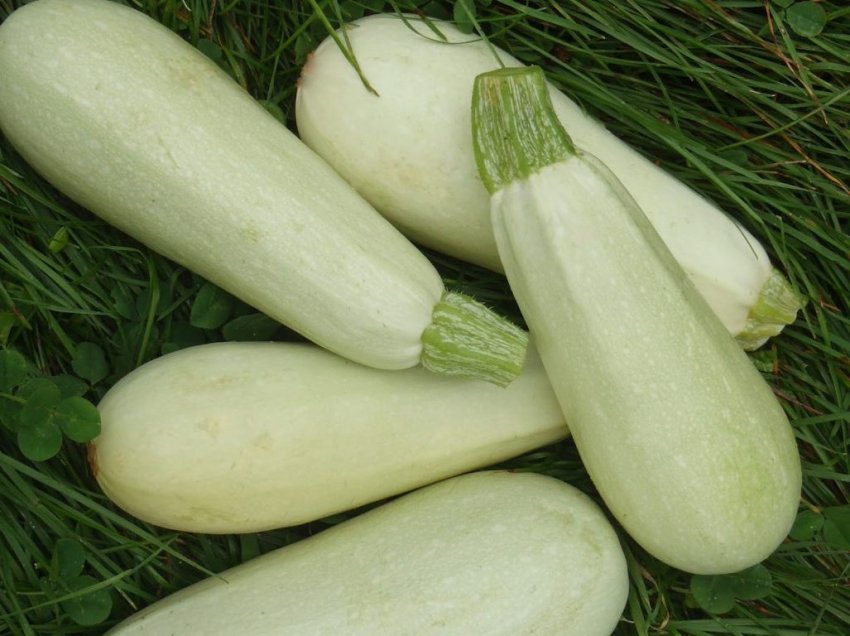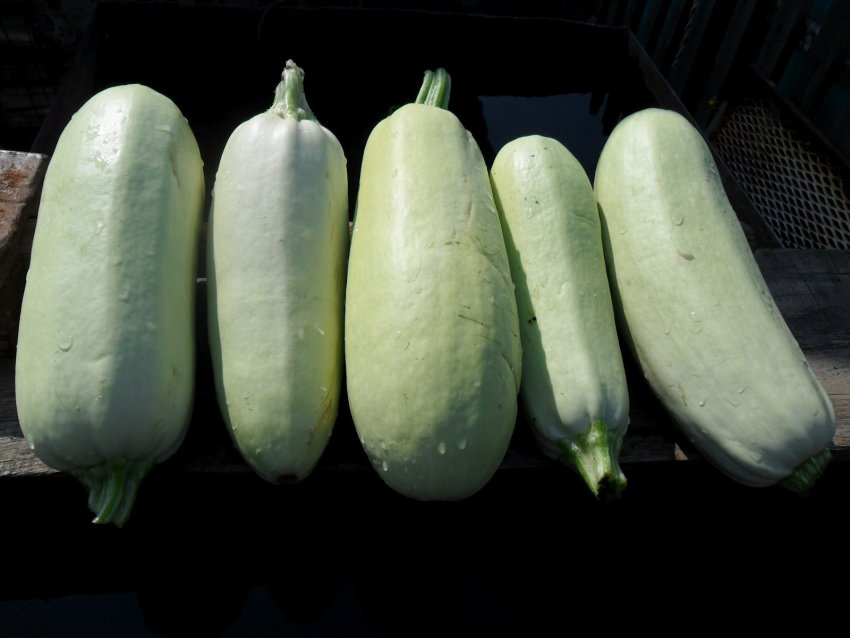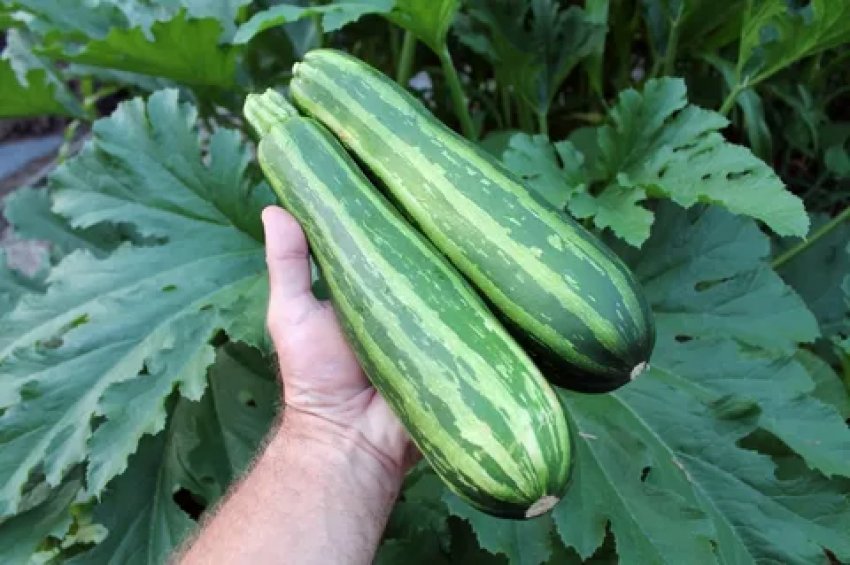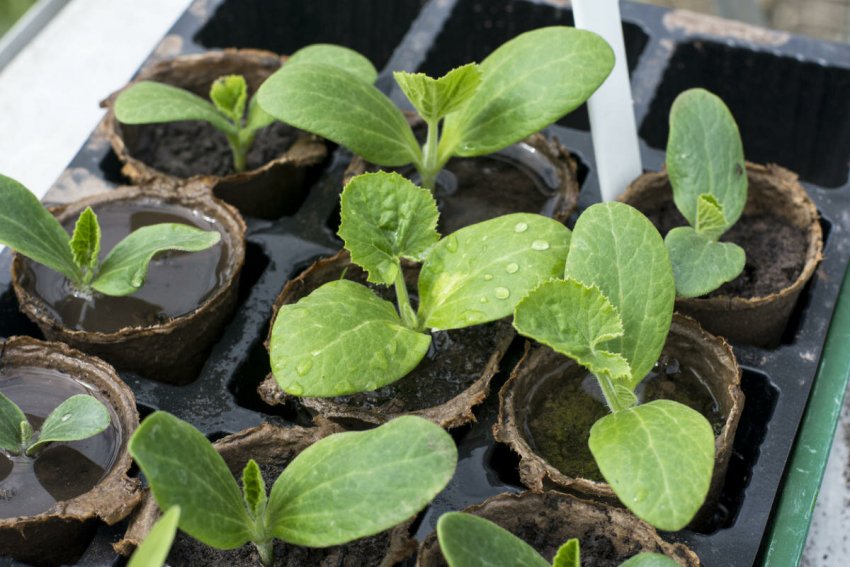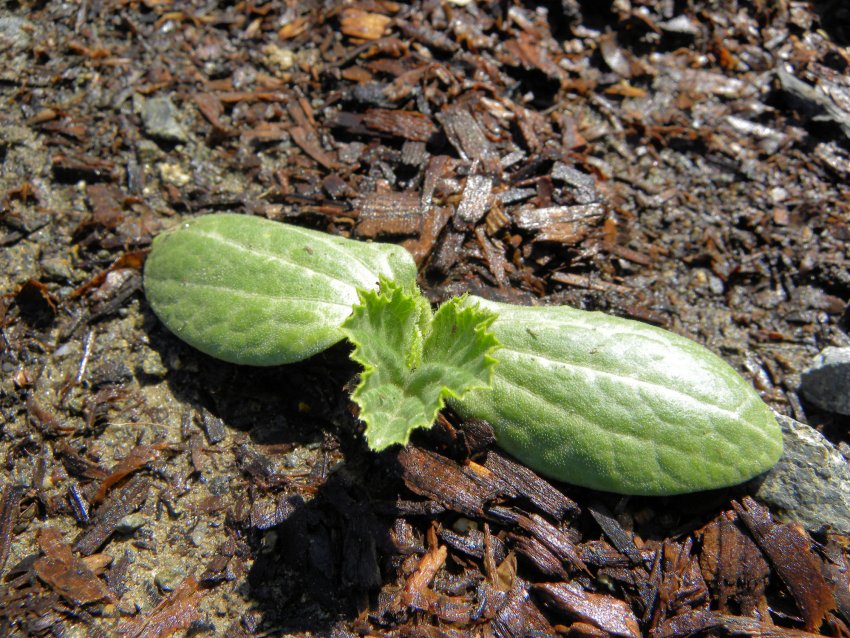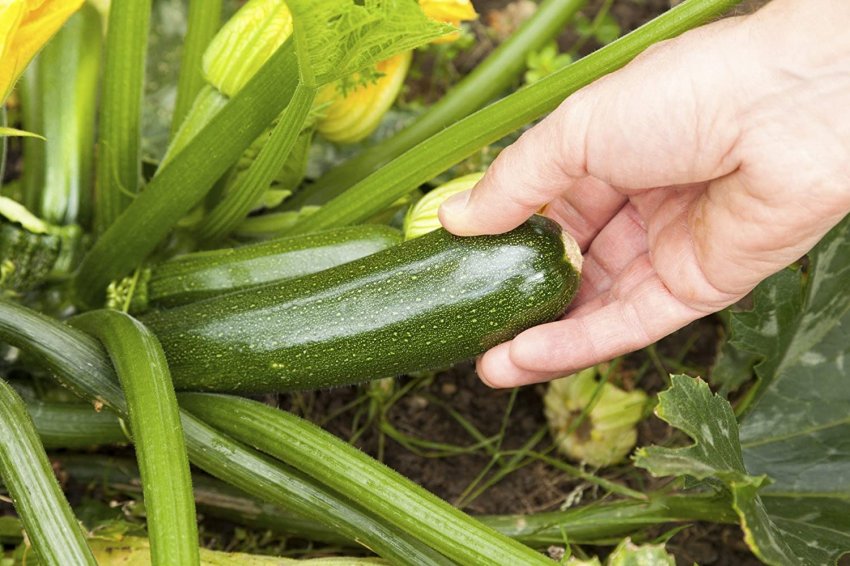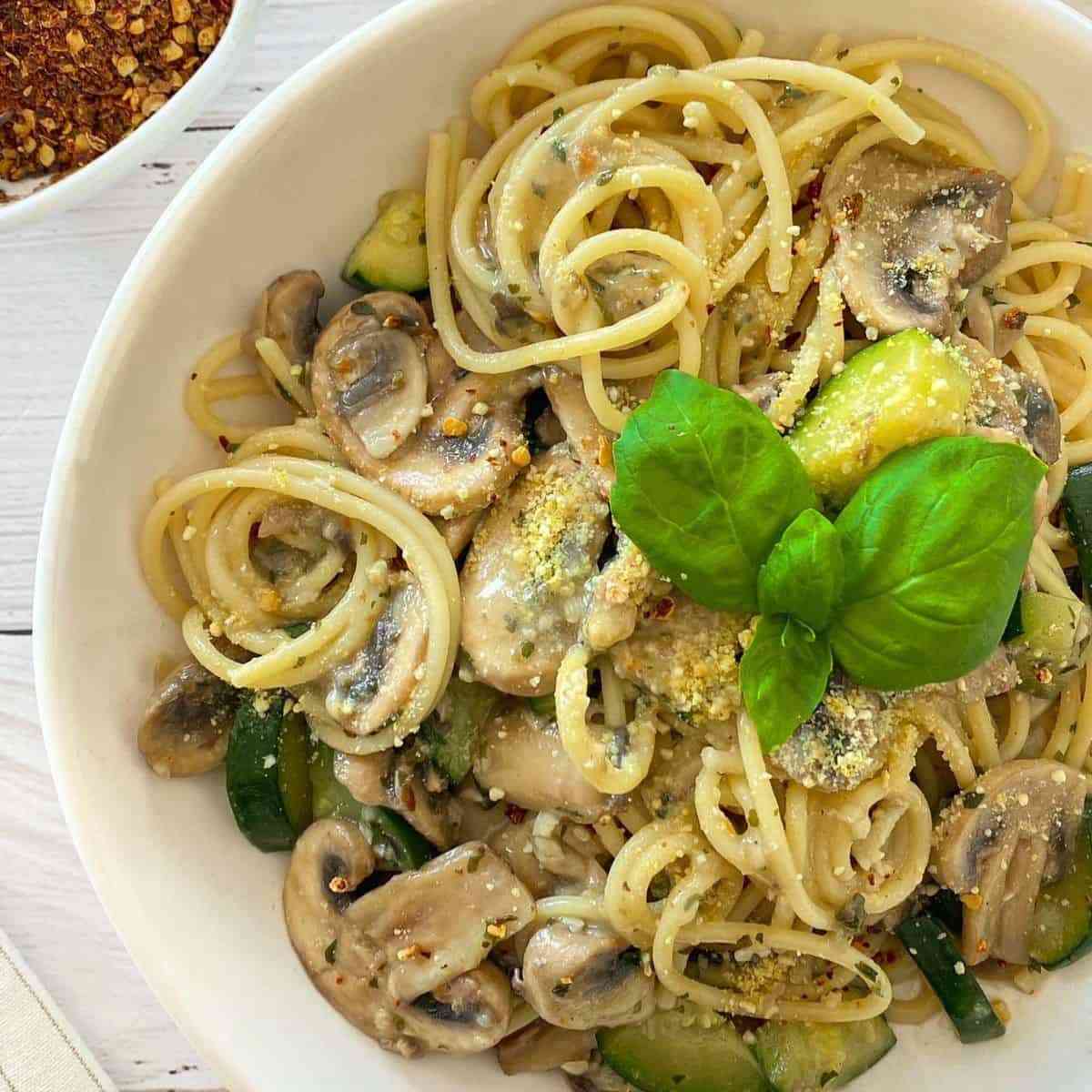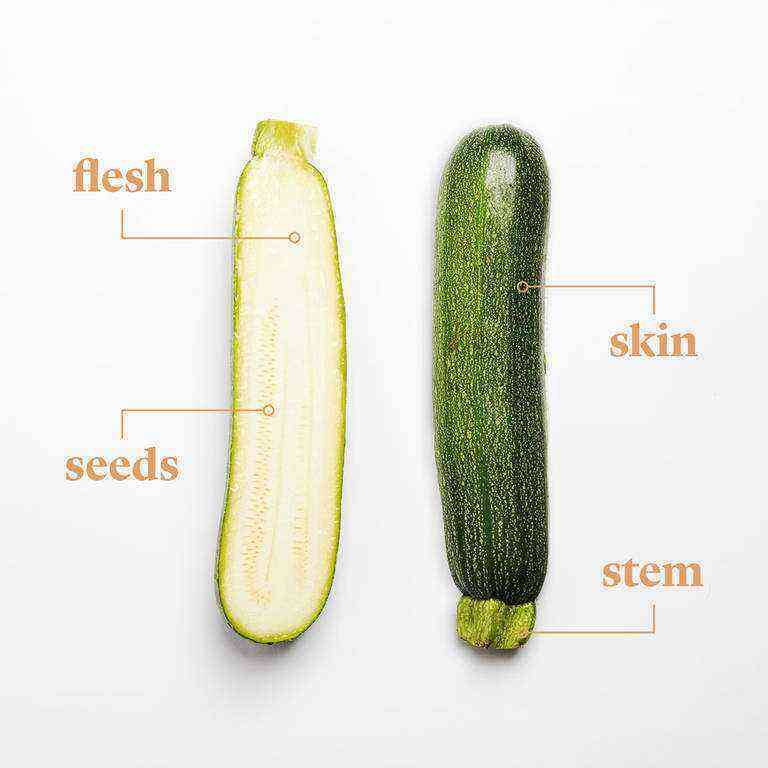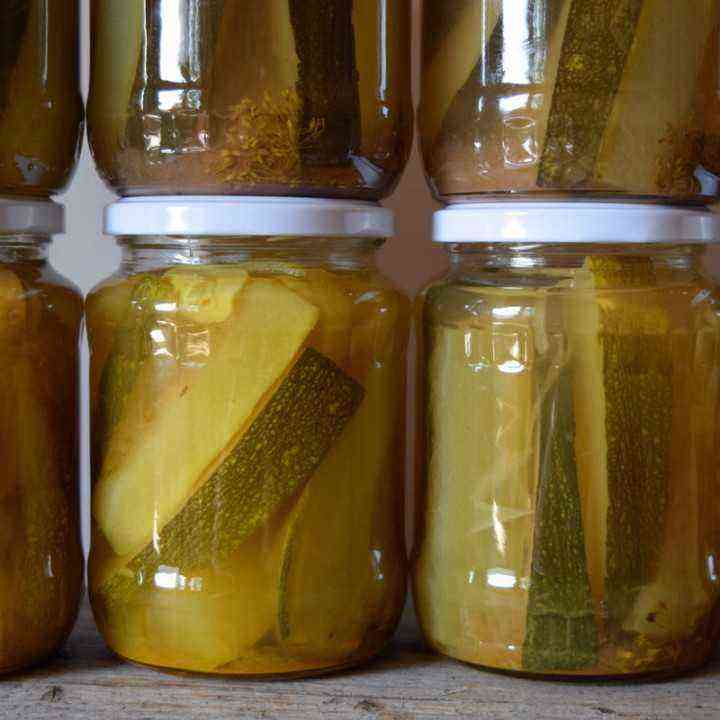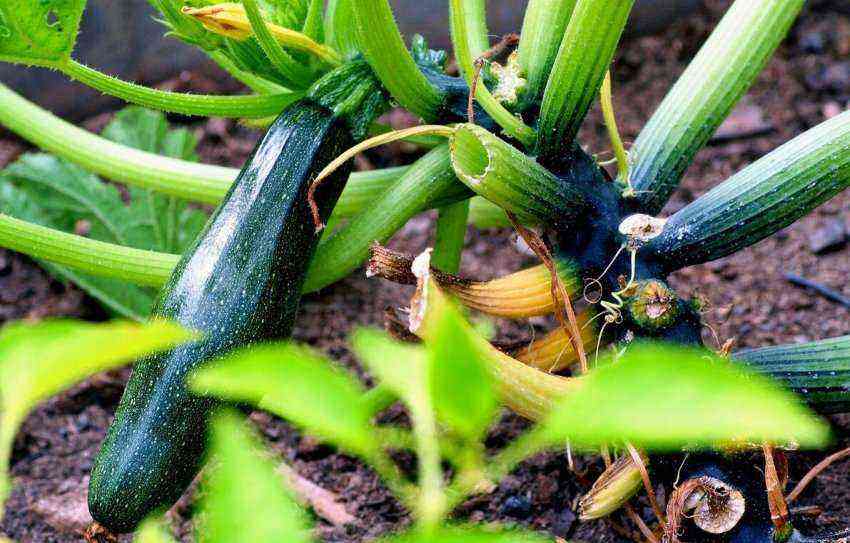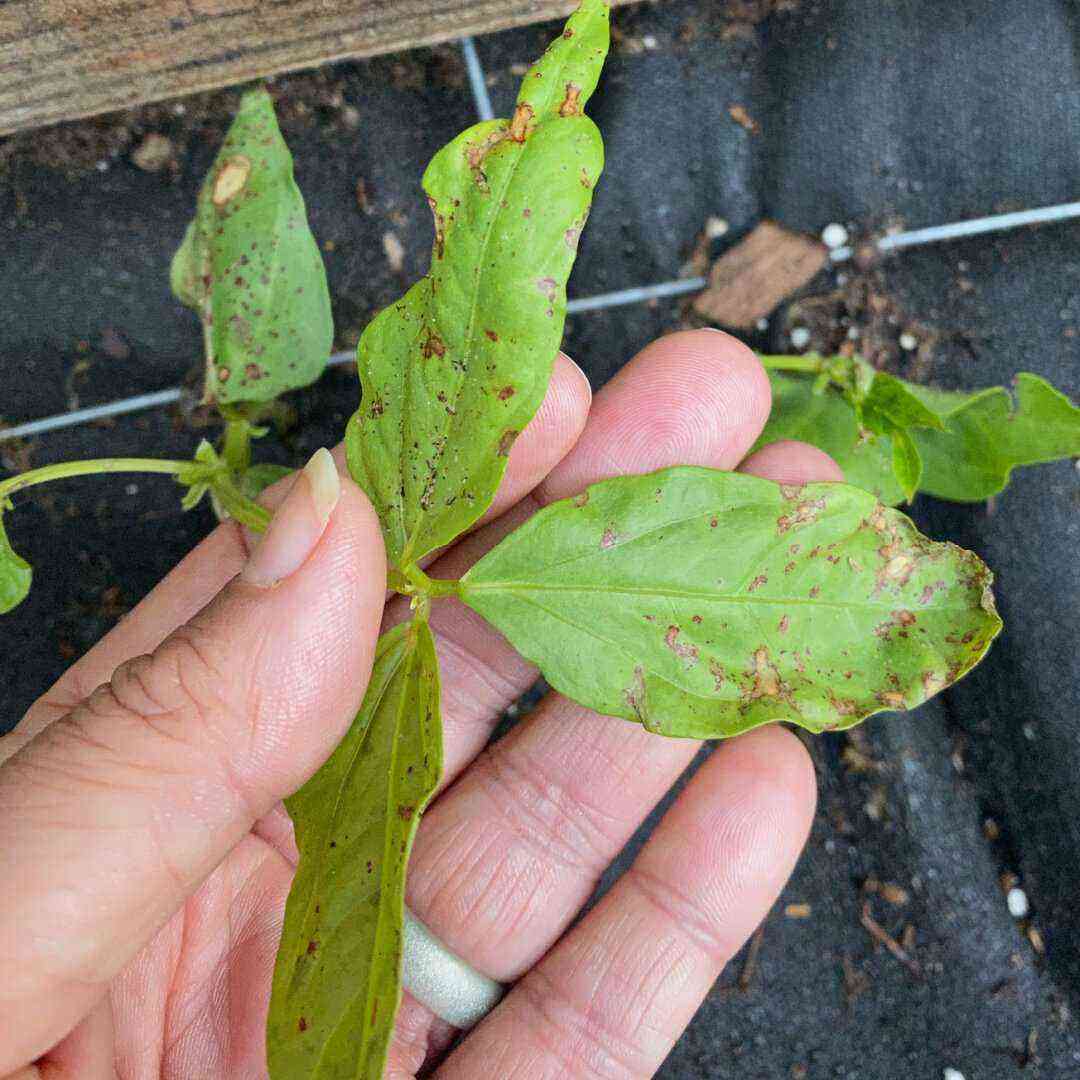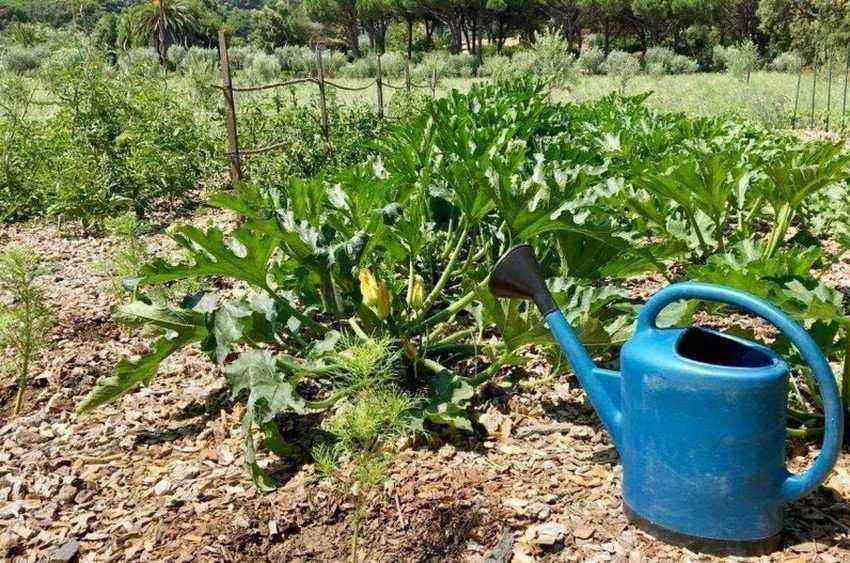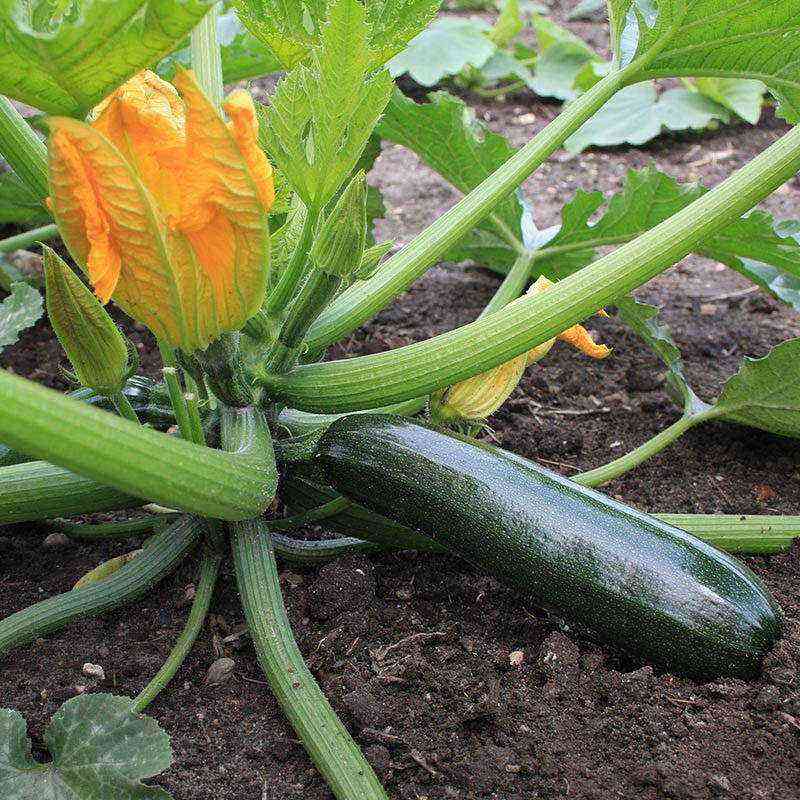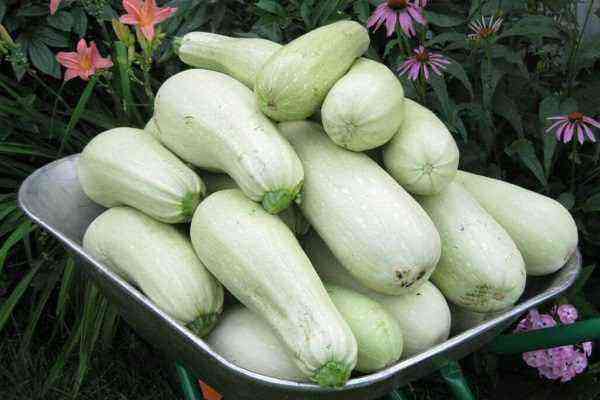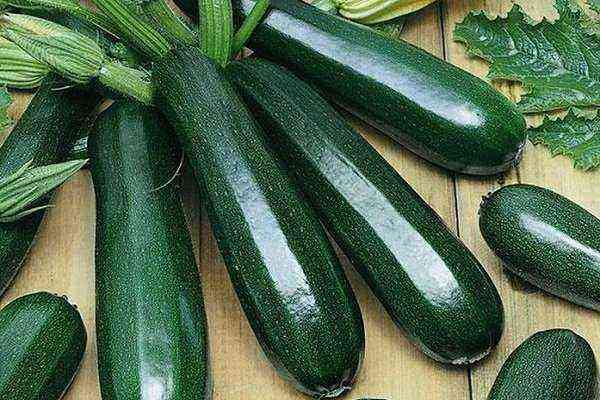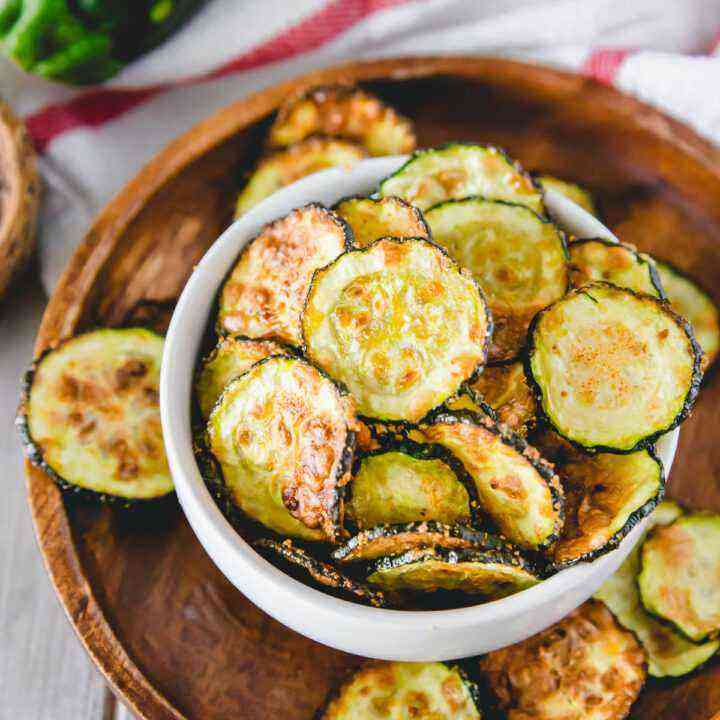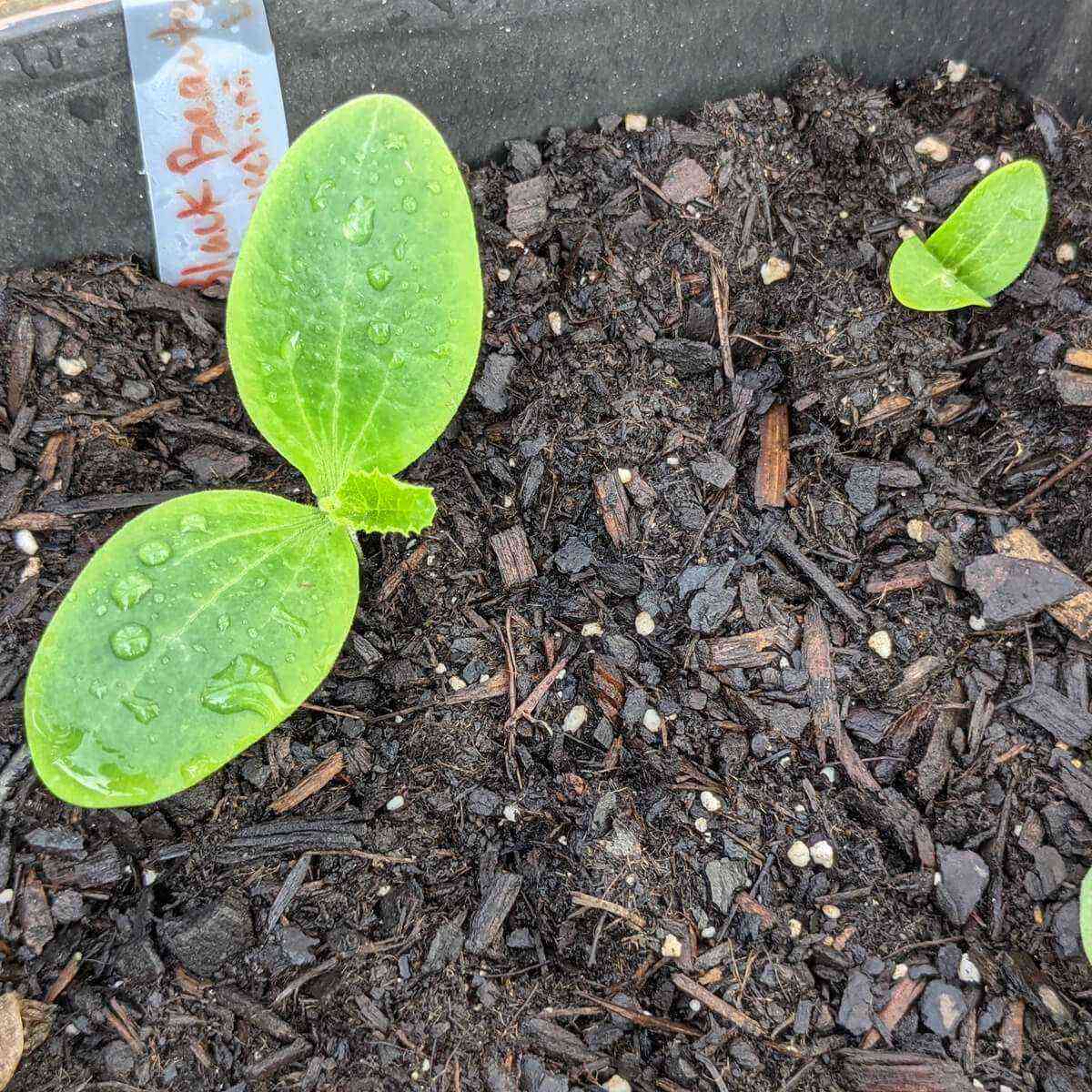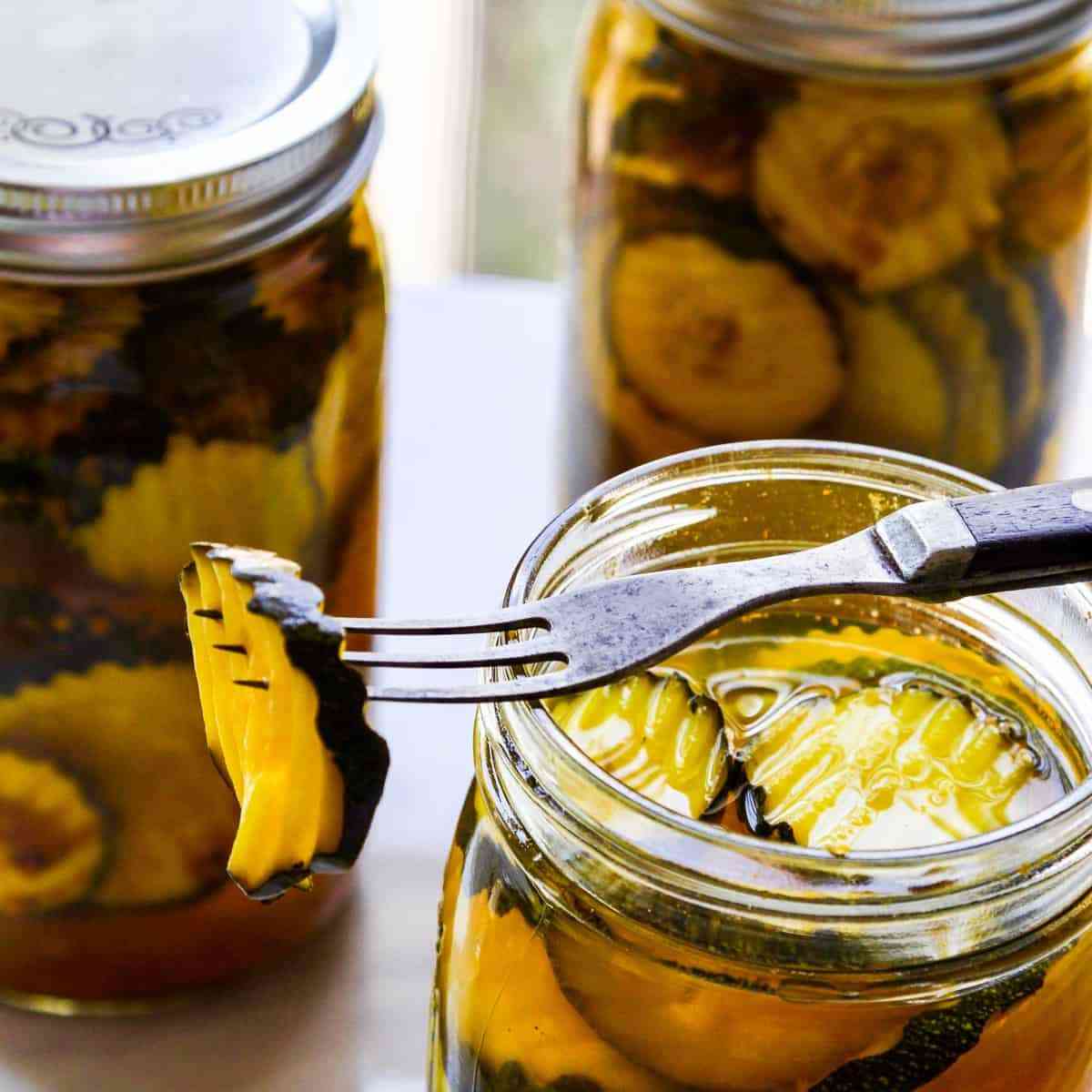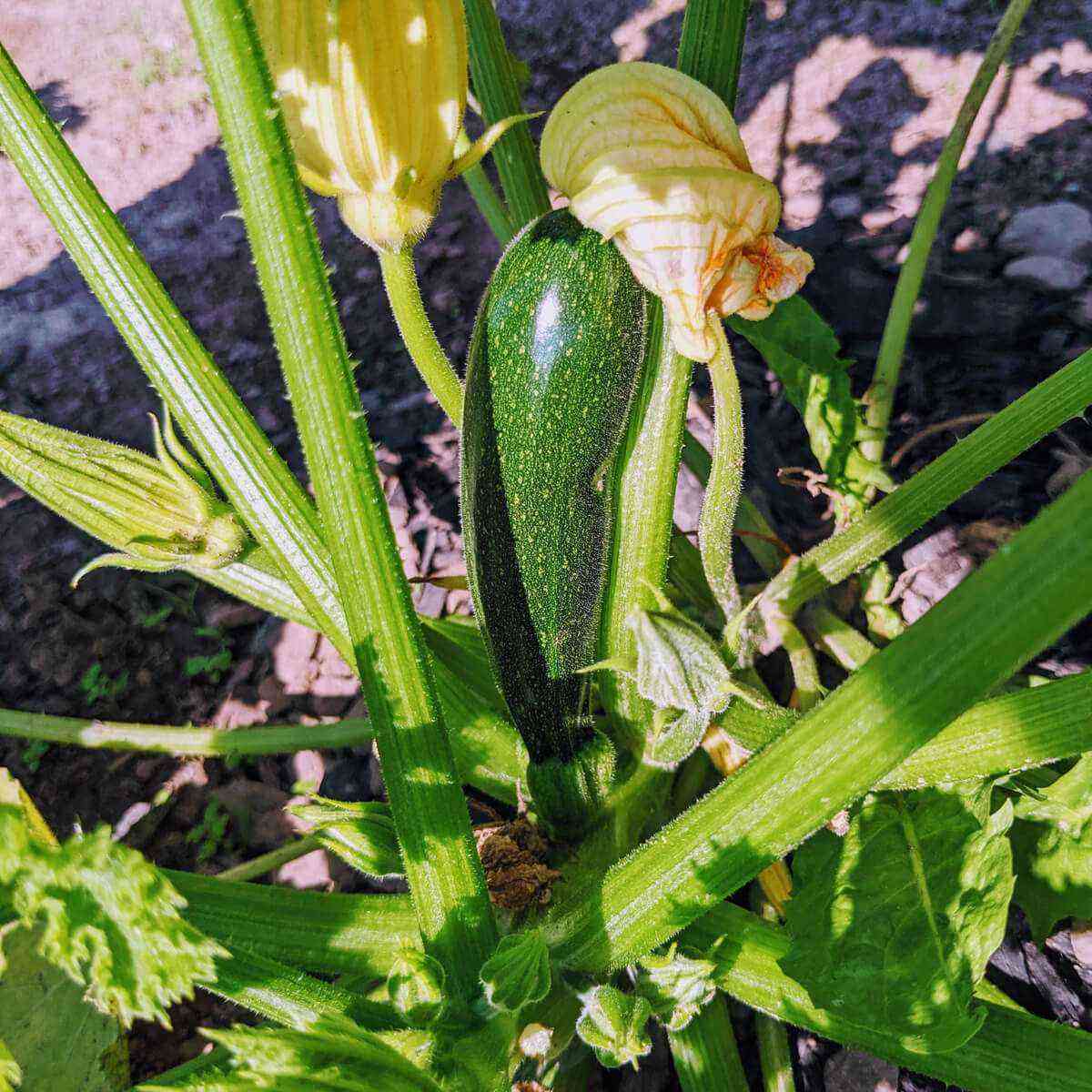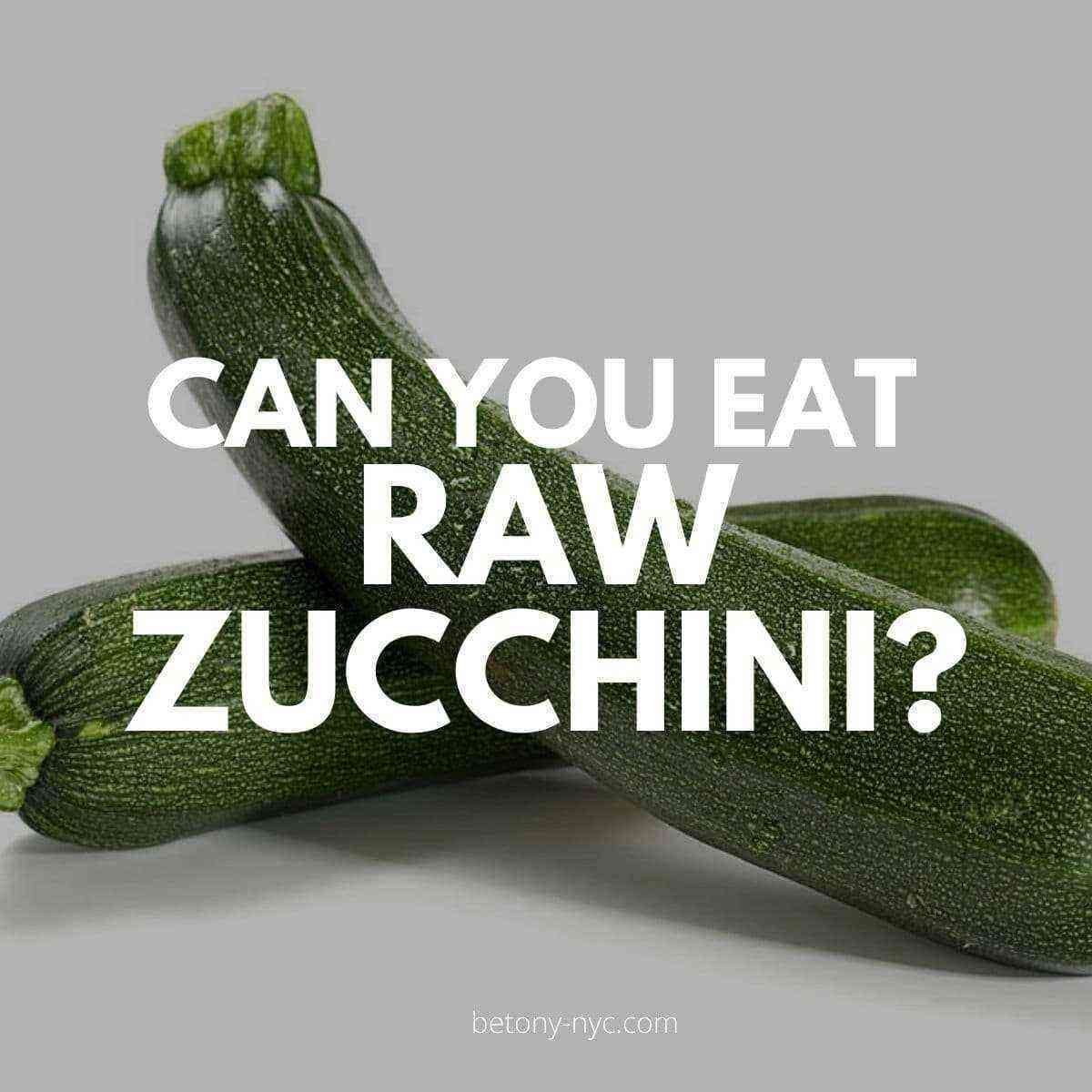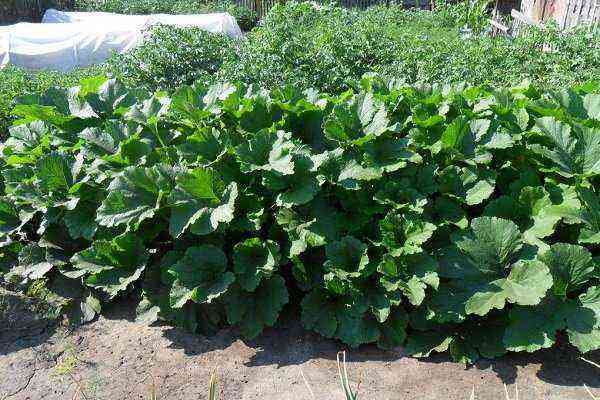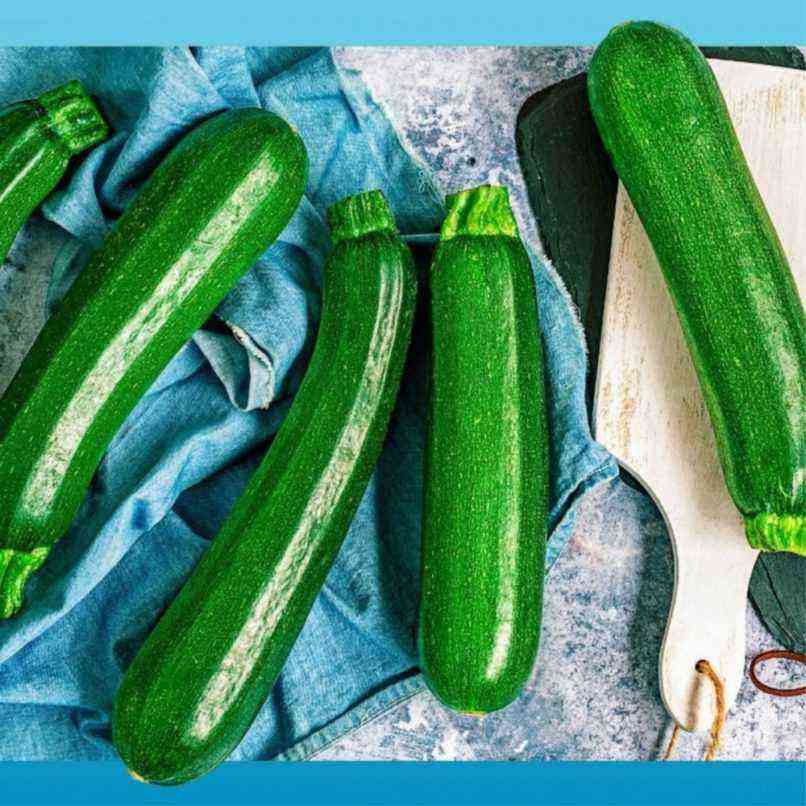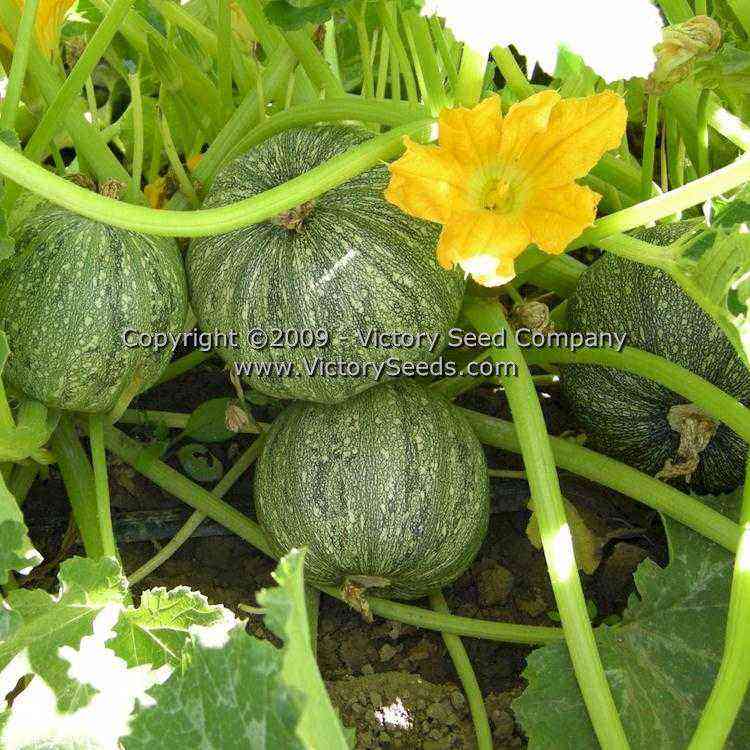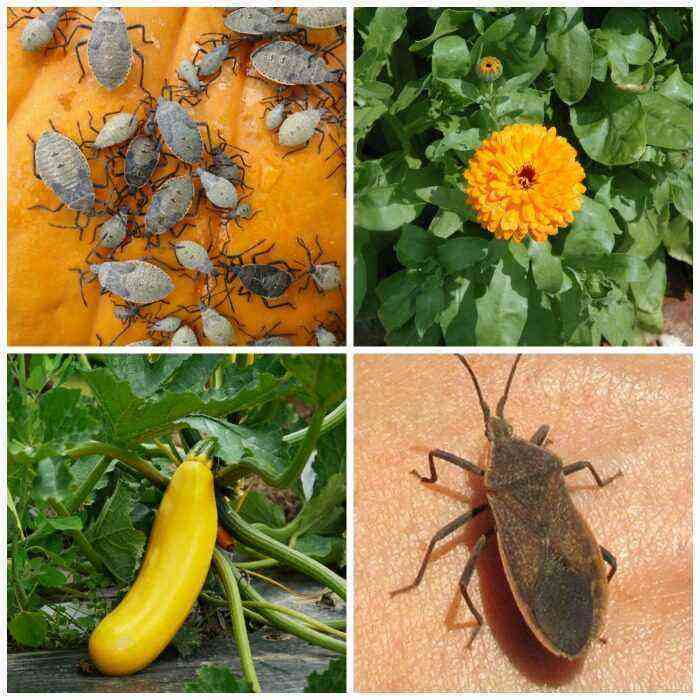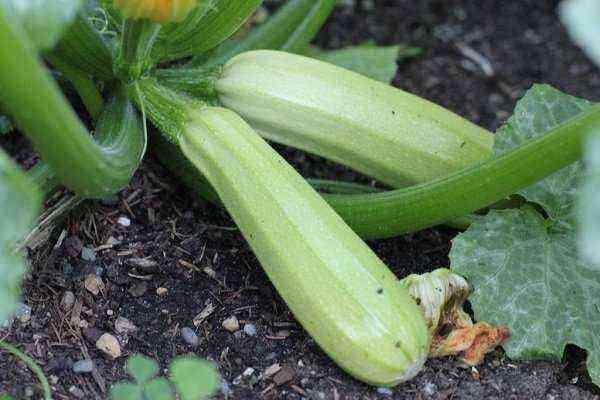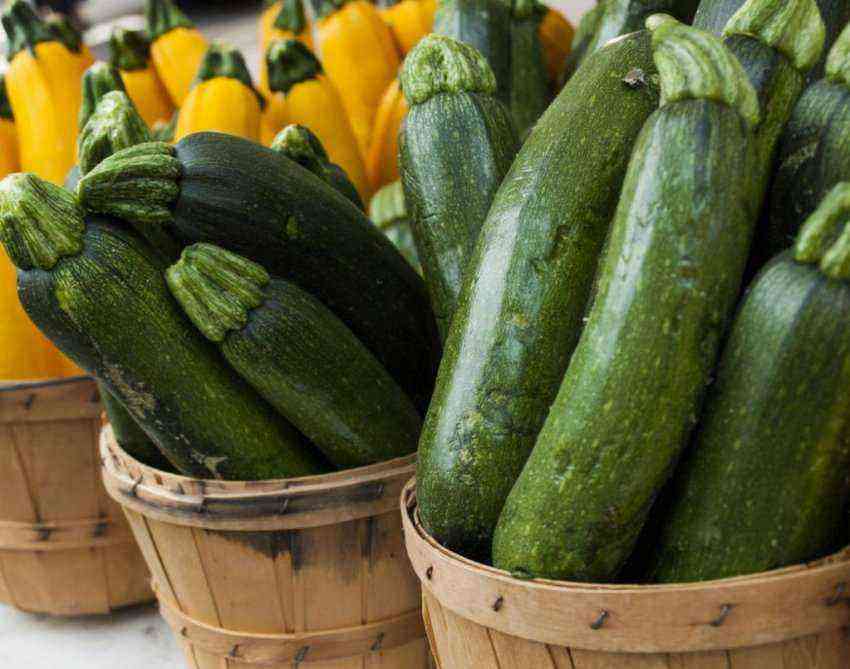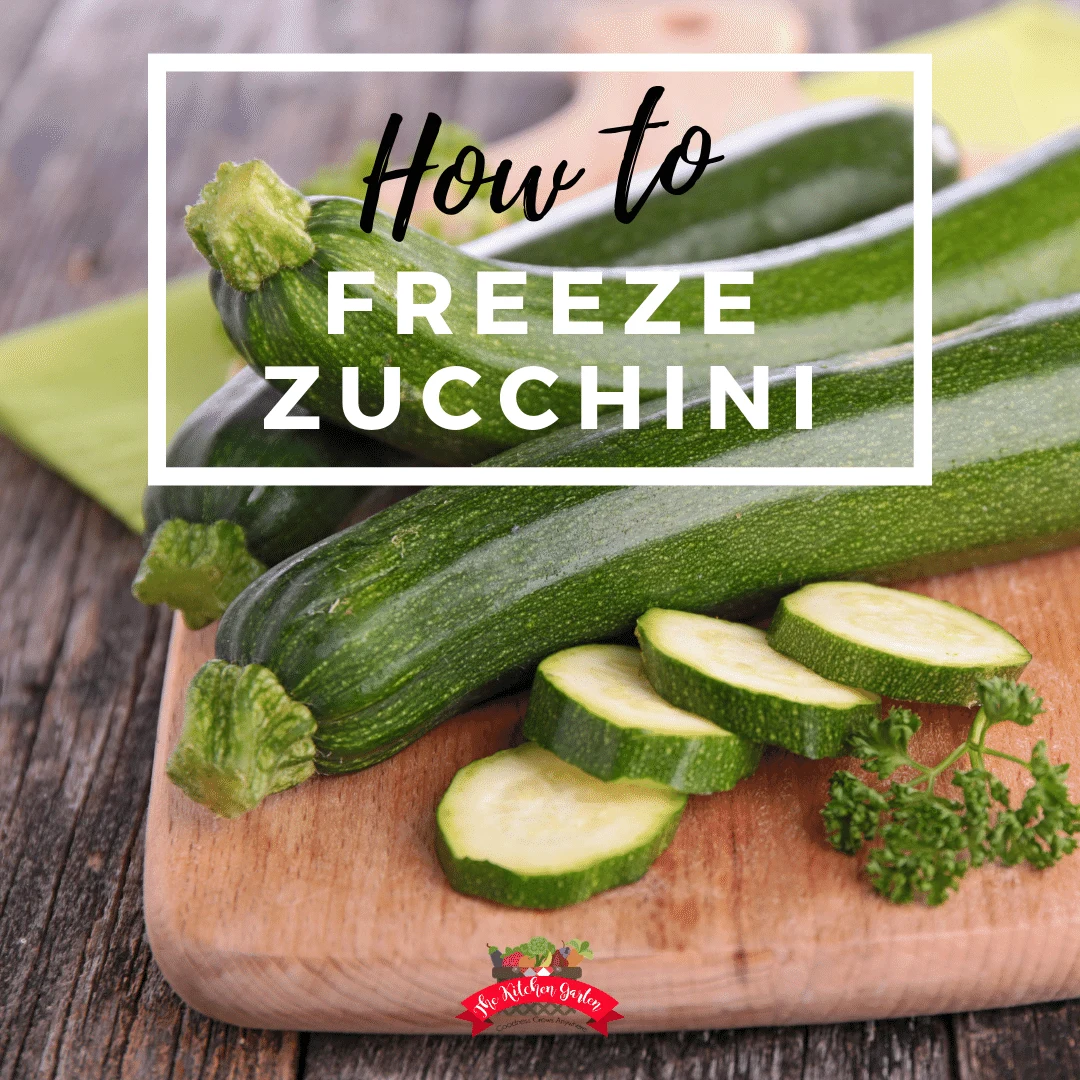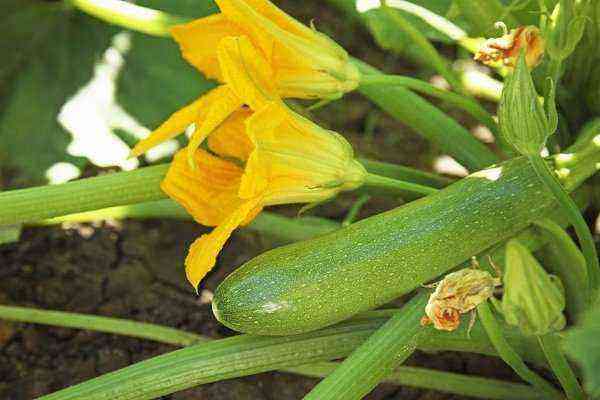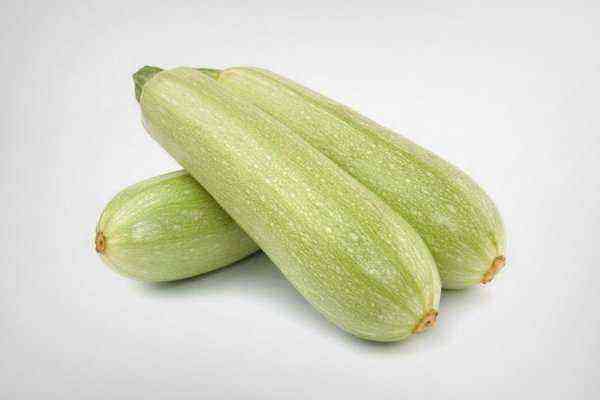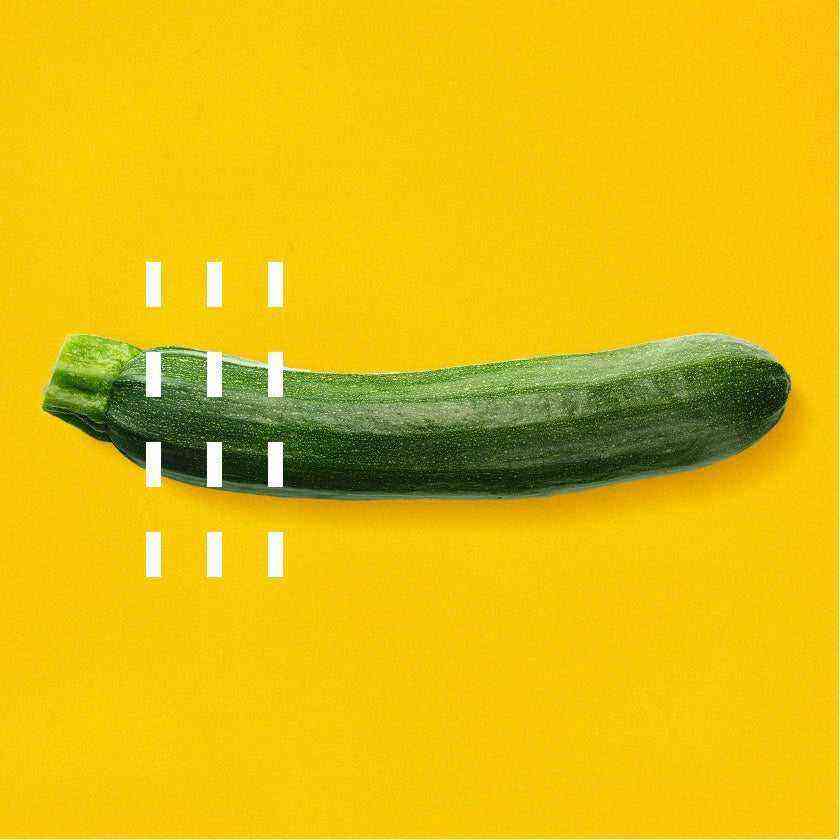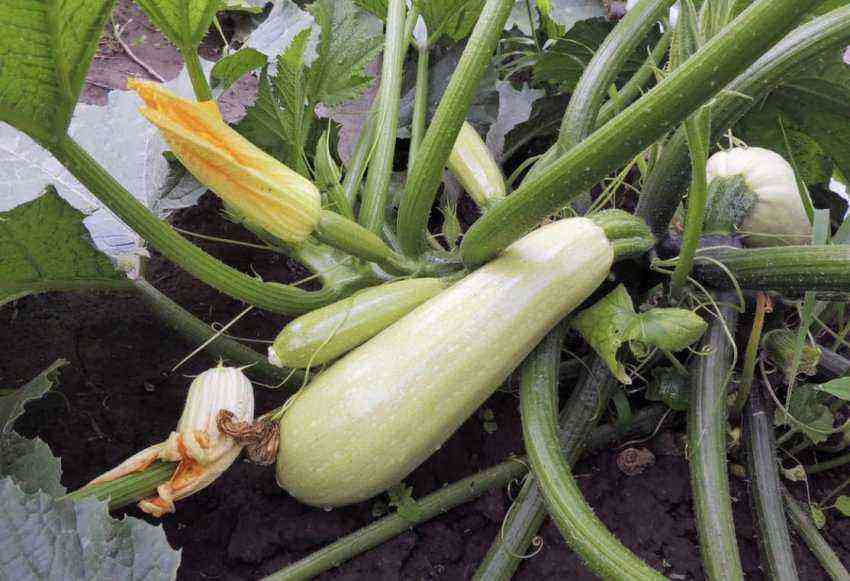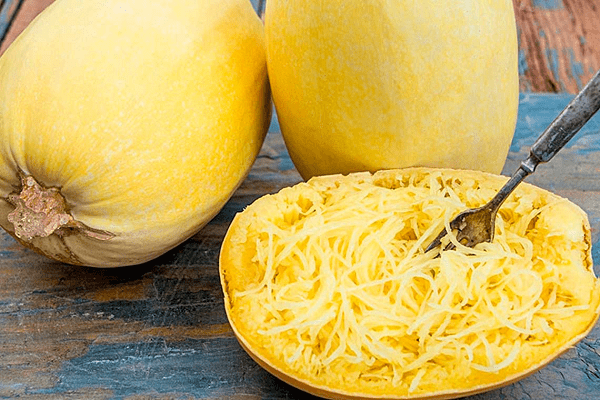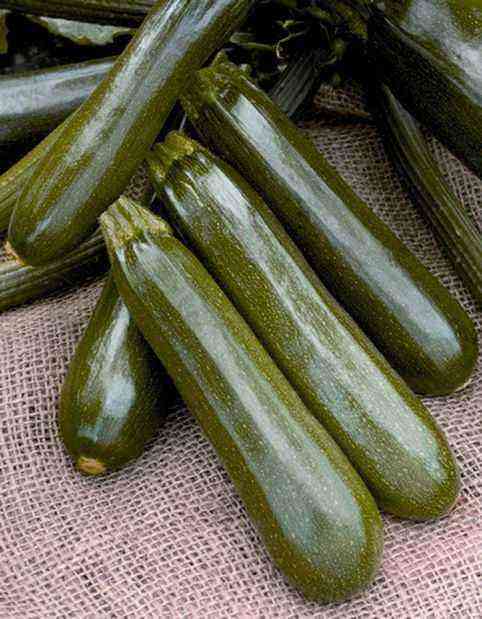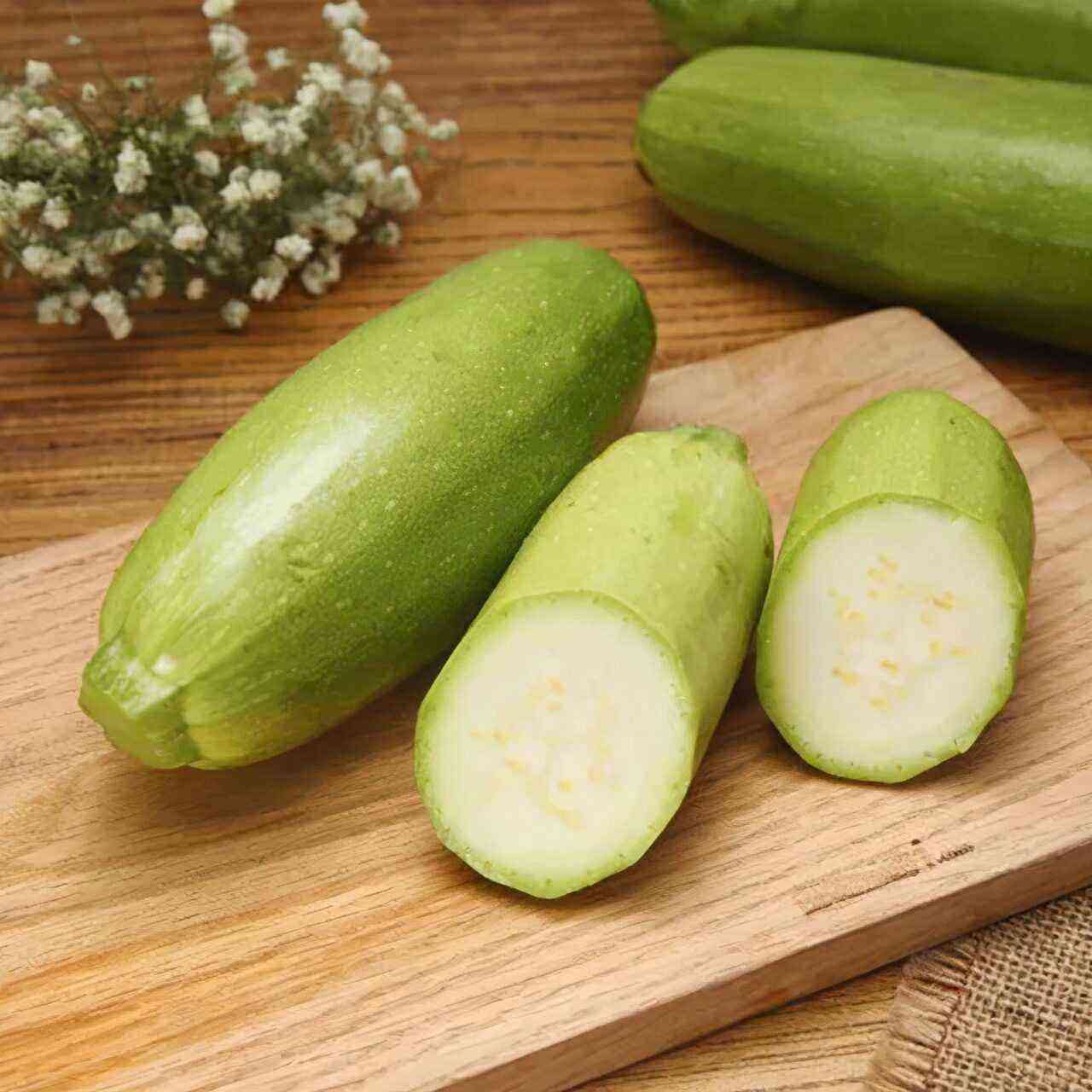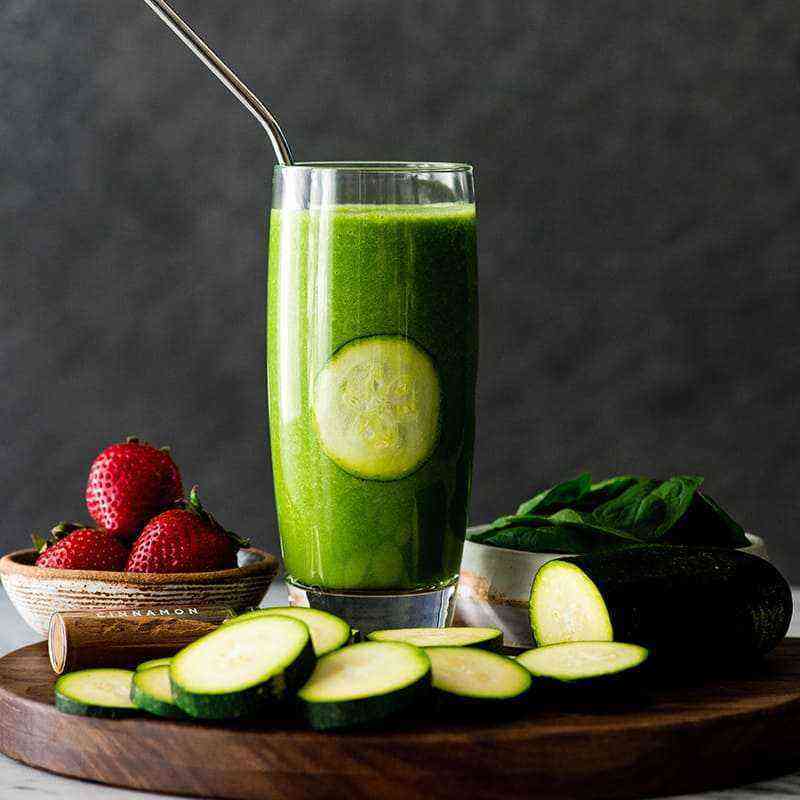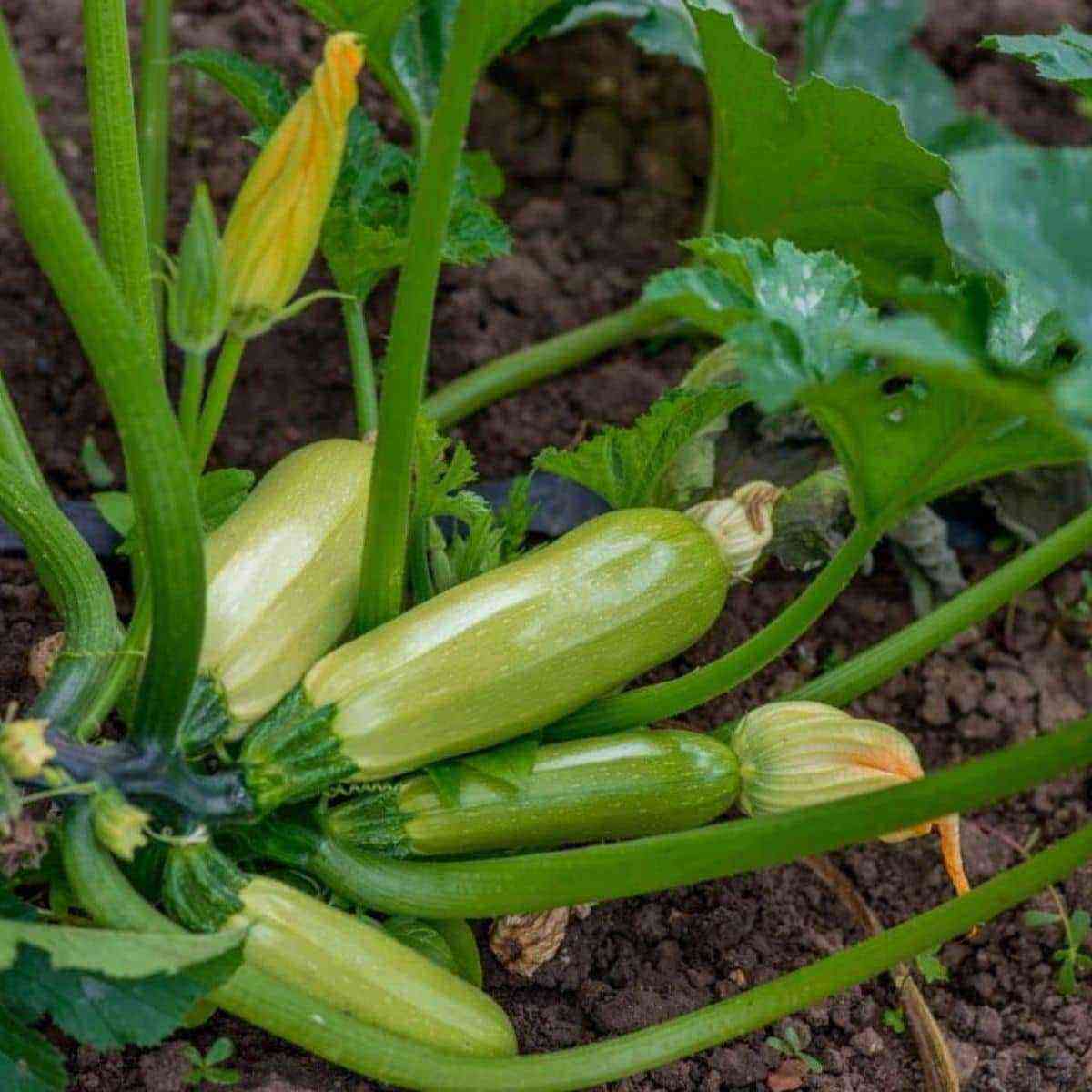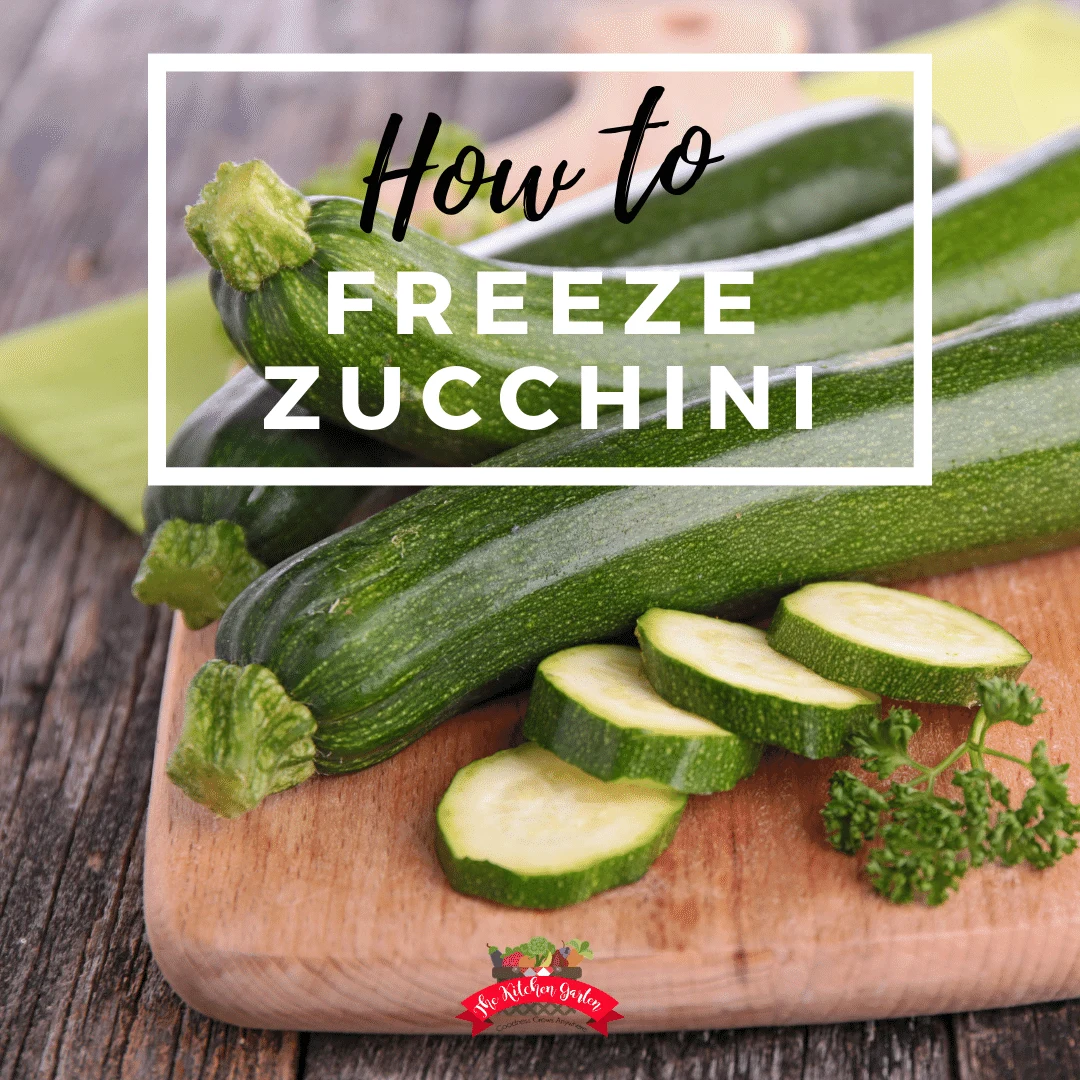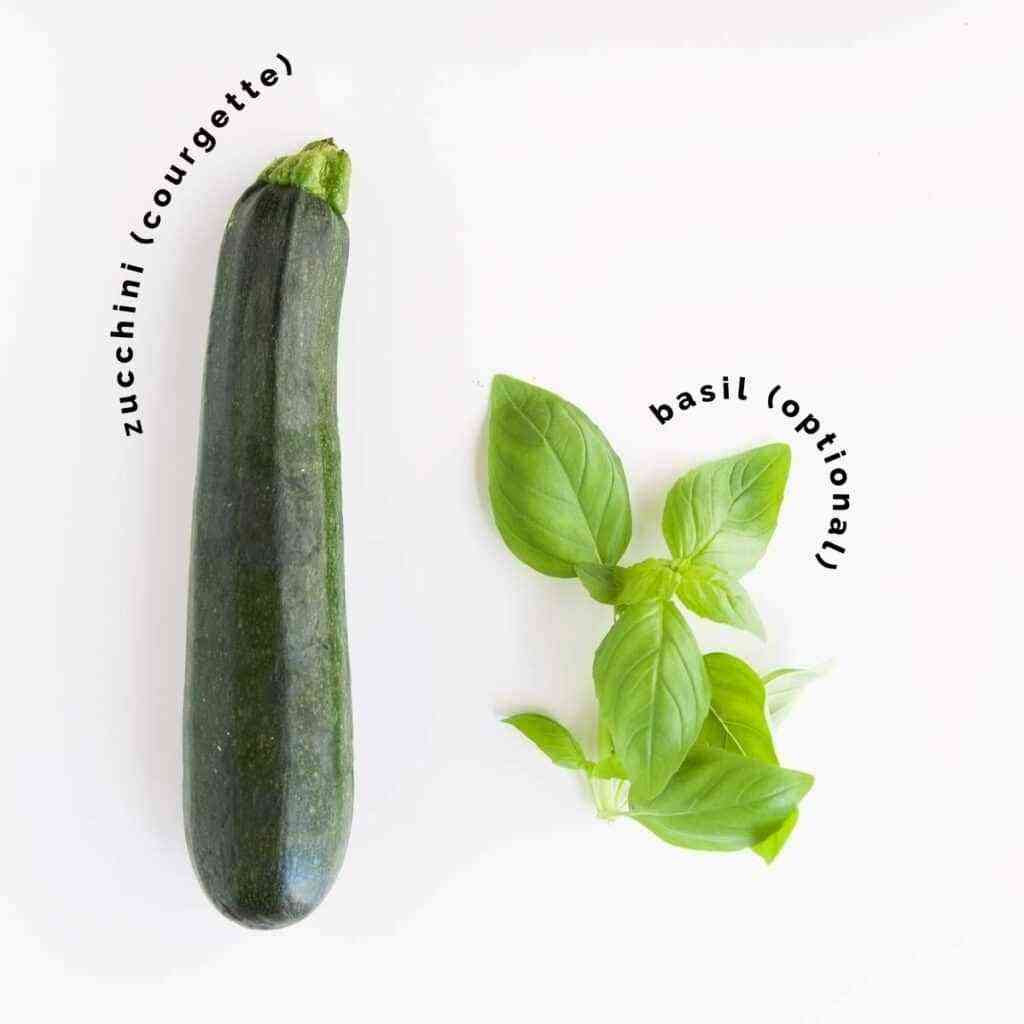Zucchini is a culture that is very popular among summer residents. The plant is completely unpretentious, not capricious. Fruits are useful because they contain vitamins, trace elements, contain few calories, and are hypoallergenic. They can be baked, stewed, fried, caviar made from them, various preservations.
A vegetable can be seen in almost any area, but few people grow zucchini in a greenhouse. And in vain, because this way of growing a crop provides a greater yield, while the ripening process is significantly accelerated.
Greenhouse benefits
The greenhouse method of growing zucchini has several advantages:
- productivity increases;
- acceleration of maturation;
- the best taste qualities;
- less susceptibility to diseases and pest attacks;
- growing in a greenhouse is inexpensive because the culture is unpretentious.
Zucchini is a hypoallergenic product. Not a single person has ever been allergic to it.
Selection of varieties for cultivation
For closed ground, compact, high-yielding, early ripe, small-fruited varieties are chosen. Breeders have bred several dozen hybrids that are ideal for growing in a greenhouse.
In general, you can choose from the following options:
- Cavili is a hybrid, early ripening and high-yielding. The taste is without bitterness, the pulp is homogeneous, tender.
- Belogor – an early maturing hybrid. Harvest, medium size. The pulp is dense, juicy.
- Beloplodny – a variety that in the greenhouse gives a significantly larger number of fruits than in the open field. The fruits are large. The pulp is not watery, tender.
- When – a hybrid, ripens early, gives abundant harvests. The fruits are small. The pulp is uniform, juicy and tender.
- Nemchinovsky has a good yield, is not susceptible to diseases. The fruits are large, the pulp is juicy and tender.
Greenhouse
Since the culture is unpretentious and undemanding, it feels great in a greenhouse even from a film shelter.
The aisles between the beds are desirable wide, the greenhouse area can be up to 50 m2. For winter cultivation, a foundation is needed, and a glass or polycarbonate coating. It is worth equipping ventilation vents, as well as considering a heating system. A great option is the presence of drip irrigation.
Greenhouse cultivation rules
A vegetable is grown in a greenhouse with seedlings in peat tablets or pots, which, 3-4 weeks after sowing the seeds, are transplanted together with an earthen clod into a greenhouse.
Zucchini is suitable for soil with a neutral or slightly alkaline pH level, which can be enriched with wood ash or compost.
Plants should be planted at a distance of 70–80 cm from each other.
It is forbidden to feed the culture with chlorine-containing preparations. Fertilizers are applied every few weeks during watering. Mulching with sawdust will help maintain an optimal level of moisture.
Ideal temperature regime: at night within + 18 ° С, during the day – about + 24 ° С. The humidity level should be maintained at 65%.
The world record for growing the largest squash was set in 1998. The fetus reached a weight of 61 kg.
For irrigation take settled water at room temperature. The procedure is carried out once a week. Every day, plants need airing. For pollination, insects are attracted, or it is produced independently by a brush.
During the period of the most active fruiting, the crop is harvested every other day, while removing both full-fledged fruits and deformed, improperly formed or overgrown ones.
If you have chosen the right variety of zucchini, fulfilled all the requirements for caring for it, then you can safely count on an excellent harvest, and this healthy vegetable will be present in your family’s diet all year round.

